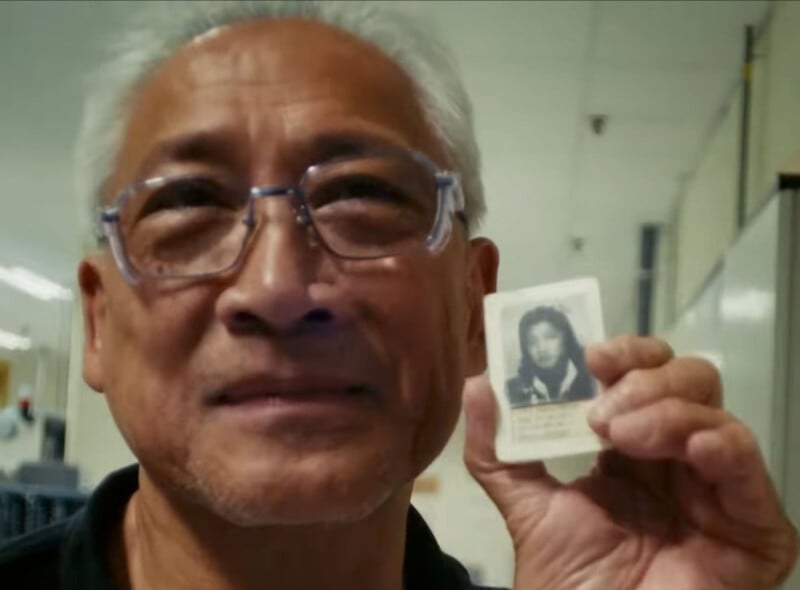A Look Inside Polaroid’s Only Film Factory on Earth
Polaroid published a video tour of the world’s only Polaroid film factory. Located in Enschede, Netherlands, it is where Polaroid employees manufacture all the Polaroid film that photographers can buy online and on store shelves.
The factory has a rich, tumultuous history. When Polaroid announced it would stop producing film in 2008, The Impossible Project stepped in to save Polaroid, and kept the factory in Enschede going under a new name, Polaroid B.V, which operates under the classic Polaroid trade name.
The company continues to make Polaroid instant film for classic and contemporary Polaroid cameras alike, including vintage models like the SX-70 and Polaroid 600, plus newer cameras such as the Polaroid Go, which was the smallest analog camera in the world when it launched in 2021.
Although technically a “new” Polaroid, many who work at the factory in the Netherlands have been there for a very long time, including Jimmy, a podding machine operator. He is nearly ready to retire and has worked at the Polaroid factory since 1978.

When The Impossible Project stepped in, there were around 10 employees, which quickly expanded to about 30. Now, nearly 140 people are working at the factory as it churns out increasing amounts of Polaroid film.
“You see what people do with our film and it brings a tear to your eye, you know?” says Polaroid employee Andrew. “This is a hobby, not a job.”
![]()
Polaroid film production is an international affair. The positive and negative film sheet layers are manufactured in huge rolls at a coating facility in Monheim, Germany. These are then shipped to Enschede.
As Polaroid explains, the positive layer comprises six layers and is coated twice, while the negative sheet has a dozen distinct layers, “each thinner than a human hair.” Each sheet layer can be a little different despite strict production standards due to weather, temperature, and humidity, alongside minor differences in the chemical composition. A team of 12 people at the factory is constantly testing different layers to ensure they meet standards.
Another complicating factor is that the negative layers, as expected, must be handled in complete darkness. Employees working with the negative materials wear night vision goggles to work, and they have a delay of a few milliseconds, which can take some getting used to.
![]()
There is also the ever-important developer paste, which is stored at the bottom of the photo-sensitive part of a Polaroid. This blue goop is spread out between the positive and negative layers by rollers in the camera, and the reaction creates the final photo. The factory’s largest reactor can make up to 80,000 liters of paste at once, enough for about 80,000 packs of film, or 640,000 Polaroid photos.
“When I look at it, I see 80,000 unique Polaroid photos waiting to be shot somewhere in the world,” Andrew says.
The “heart” of the factory is the assembly area. This is where all the components come together, the different layers of film, the chemicals, the pods, and the plastic cassettes. Polaroid film comes in.
“But there’s a lot of frustration, you’ve got to have patience,” Andrew continues. “We’ve got a machine here from the 1970s, stops, starts, stops, starts. I mean this is an ancient technology that nobody uses anymore. So it’s not like we can just say, ‘Let’s replace it and put a whole new brains in it,’ we’ve got to try to make do with what we’ve got, which means refurbishing parts, which means having learn how this works and specialize in it.”

It’s not just a matter of dealing with very old, unique machinery; the new Polaroid team must also work to live up to people’s memories of the “old” Polaroid film and the associated nostalgia. New Polaroid instant film is not made with the same chemicals for various reasons, including practical and environmental ones. Polaroid’s chemists are constantly working to improve the quality of the product and capture the magic of old Polaroid film without using the same exact chemicals.
“We’ll get there. It just takes a lot of time,” Andrew concludes.
Image credits: Polaroid